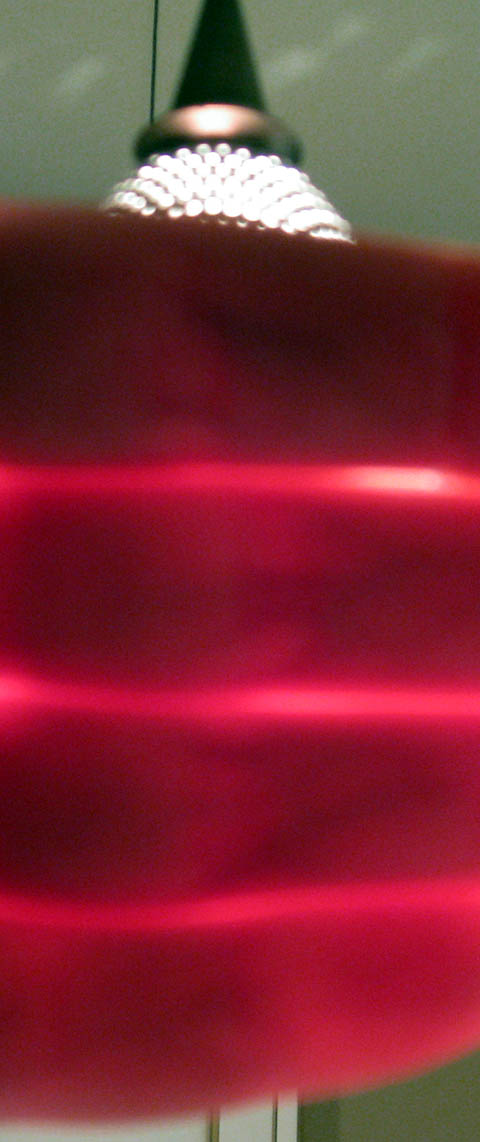Critical Thinking
December 19th, 2008 by PotatoI am continually amazed at the lack of critical thinking in the general population and the media. I know that I’m a scientist and am therefore, you know, a perfect human being, blessed with capabilities mathematical and analytical in addition to citation searchical. Ok, maybe not quite perfect, but I will acknowledge that I perhaps possess a leg up in the critical analysis department due to inclination, training, and experience. Nonetheless, I’m amazed at some of the nonsense that floats around there in the ether.
For instance, the CNW “study” that just. won’t. die. Here’s where the big disconnect between common sense and reason lead to a meme that endures. The “study” in question claimed that a Hummer used less “energy” in its total lifetime (from design to daily driving to disposal) than Prius. That is something that goes against our common sense, kind of makes us sit up and take notice. Now, what’s supposed to happen is that one’s critical thinking and reason is supposed to kick in and say “hey, this really goes against our common sense: how does a vehicle that costs more money and uses more materials up front, and also uses more gas in an ongoing fashion, possibly use less total energy? I should check this out to see if it’s a neat factoid or total bullshit.” Then a quick fact-checking mission demonstrates that this is, in fact, total and complete bullshit and the thing dies there, and anyone who brings it up is mocked as a rube. Instead, the rubes pass it on without questioning it, and the illogic only serves to help draw attention to it. “Wow, Prius sucks, I’ve got to alert the Intertubes!” Whatever happened to extraordinary claims requiring extraordinary evidence?
I can forgive people for reading too much into patterns sometimes. For instance, nearly anyone who bothers to know anything about fuel economy knows that cars (regular cars — not talking hybrids here) are more efficient on the highway than in the city. But they have real trouble believing that driving slower on the highway saves fuel. After all, doesn’t going faster, like on the highway, save gas compared to going slower, like in the city? Ah, you point out, but there’s a point where the car is most efficient: 90 km/h, say. Going faster than that actually uses more gas. They think for a second, and the light goes on behind their eyes “Oh,” they say in a condescending way “I’ve heard that before, that’s why the speed limit was 55 in the States during the energy crisis. But that was for old cars. New cars are much better and can go faster.” Which, I have to admit, is exactly the right thought process, just the wrong result.
Likewise, for about 4 years there, housing was the best investment one could have: better than the stock market, briefly better even than oil. So you could forgive someone for lusting after a house, repeating nonsense like “priced out forever” and “renting is throwing your money away” or “real estate never goes down”. You might even forgive the same person who scoffed at the “payback period” for a hybrid car not running the same calculation for a house. The media didn’t even surprise me with their house porn and almost exclusively positive coverage of the bubble. I was, however, taken aback by the actions of our government, especially by easing the “margin requirement” (down payment) for a house. I know that they’re dumb promise-breaking neocons [ok, I won’t go there just now] and all, but still, someone should have known better. Then, as the real estate slowdown looks to finally be under way, a study comes out about the most over priced markets from UBC… and the markets it says are over-priced are not the ones people would think are over-priced. This is because of how they did their analysis: they included in their valuation a measure of how much a market has gone up since the last cycle: markets that went up more are not considered to be “bubblier”, but rather, more fairly priced in their estimation since they’re counting on further rapid increases. So the cities with the most rapid increase in prices are supposedly the ones that are less overvalued…
I recently chewed into Netbug about a post of his on environmentalism. He was arguing that man couldn’t cause global warming because, as a documentary that aired on BBC4 argued, we can’t compete with the sun. That’s just the sort of thing that’s great at misleading people (even otherwise smart people capable of Googling, like Netbug) — it has just enough ring of truth to it to make you believe it. This documentary makes a number of points which are true, but not important or worse, wrong-headed. Then it sprinkles in some minority opinions, a fair helping of conspiracy theory (global warming is a conspiracy by Maggie Thatcher to break the unions! Scientists take the dirty british money, but not the money of oil companies — no, if they did, they’d be richer and wouldn’t be doing some slumdog documentary film!) and some selective editing to sucker people in. Then Netbug finished off his post with a statement about how stupid the environmentalism movement has gotten with a clip from Penn & Teller about circulating a petition to ban water at some green rally, and all the people who signed it. Of course, that says less about the environmental movement in general, and more about people’s willingness to sign something they didn’t fully read or understand while at a rally.




 Questrade: ETFs are free to trade, and if you sign up with my link you'll get $50 cash back (must fund your account with at least $250 within 90 days).
Questrade: ETFs are free to trade, and if you sign up with my link you'll get $50 cash back (must fund your account with at least $250 within 90 days).  Passiv is a tool that can connect to your Questrade account and make it easier to track and rebalance your portfolio, including sending you an email reminder when new cash arrives and is ready to be invested.
Passiv is a tool that can connect to your Questrade account and make it easier to track and rebalance your portfolio, including sending you an email reminder when new cash arrives and is ready to be invested.